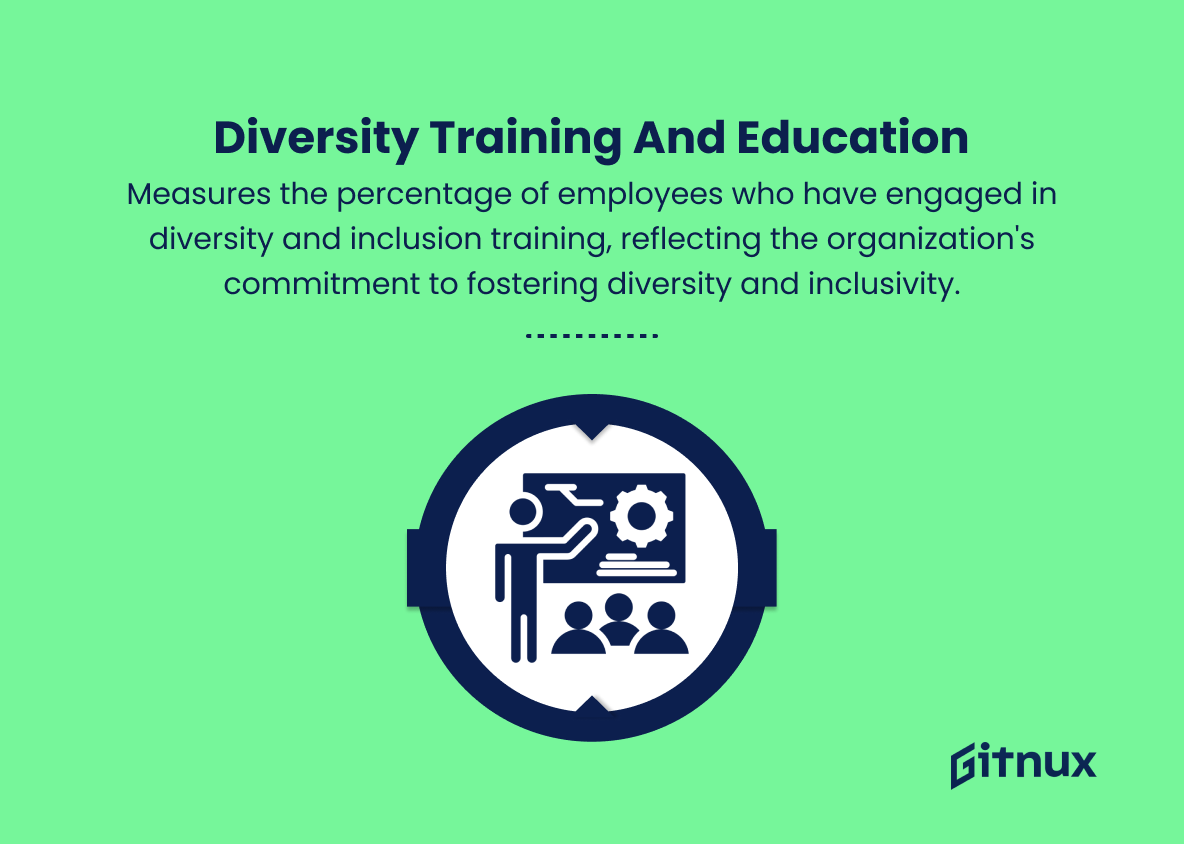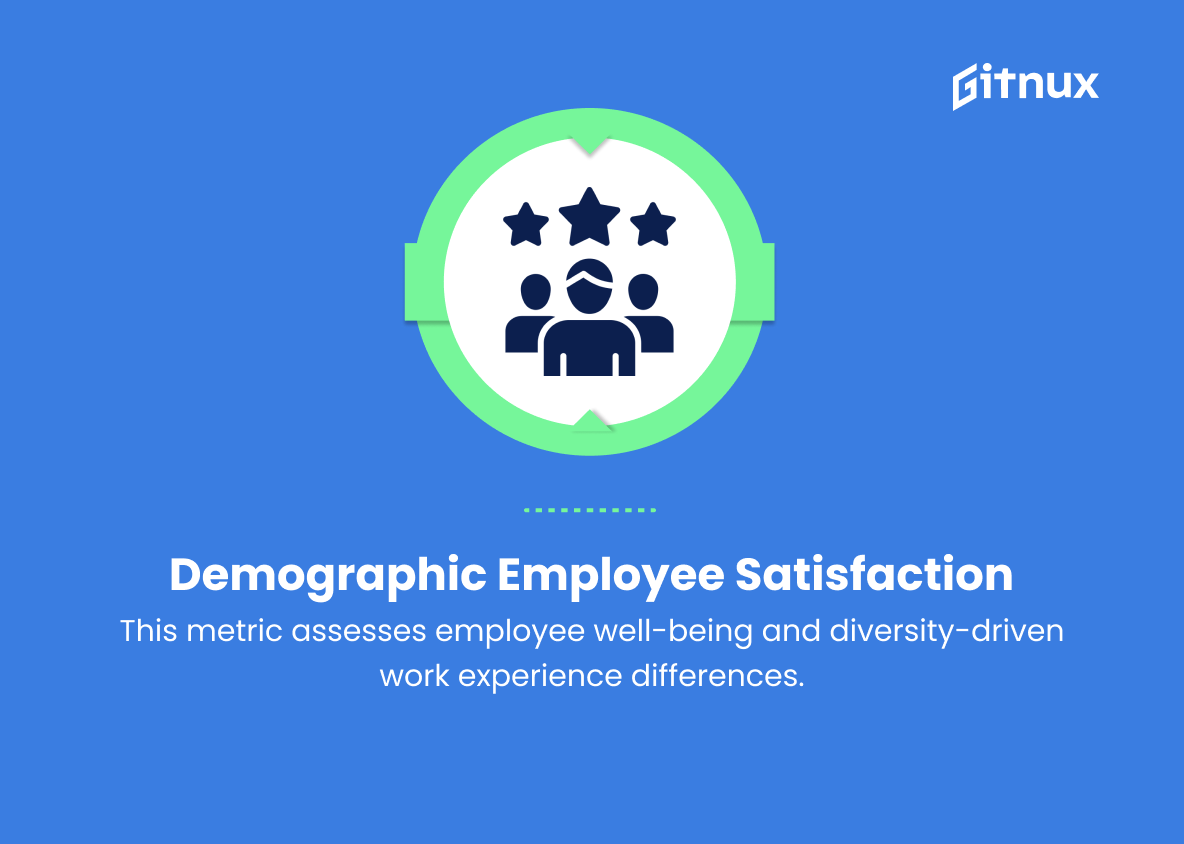In today’s ever-evolving global landscape, the significance of diversity and inclusion in the workplace has become increasingly paramount. Companies and organizations around the world are making concerted efforts to create diverse teams that reflect the diverse markets they serve. To ensure real progress, it is essential to accurately measure and assess the impact of these diversity initiatives.
In this thought-provoking blog post, we delve into the realm of diversity metrics, shedding light on their importance, various methodologies, and potential pitfalls. Join us as we explore best practices for implementing diversity metrics that drive meaningful change, create a more inclusive atmosphere, and foster a socially responsible work culture.
Diversity Metrics You Should Know
1. Diversity Headcount Ratio
This metric calculates the proportion of employees from different demographic groups (e.g., gender, race, age, etc.) within an organization, allowing for the assessment of representation among the workforce.
2. Diversity Hiring Rate
This metric measures the percentage of new hires from diverse backgrounds (e.g., gender, race, ethnicity, etc.) compared to the total number of hires, highlighting the effectiveness of inclusive recruitment practices.
3. Management Diversity
This metric evaluates the representation of diverse demographic groups in leadership and management positions, providing insights into the degree of diversity at higher levels within an organization.
4. Diversity Turnover Rate
This metric tracks the attrition rate among diverse employees – how often they leave the organization compared to non-diverse employees, pinpointing potential issues related to the retention and satisfaction of minority groups.
5. Diversity Promotion Rate
This metric measures the rate at which diverse employees are promoted within the organization, assessing the opportunities available for career advancement and growth for employees from diverse backgrounds.
6. Diversity Talent Pipeline
This metric looks at the proportion of diverse candidates within an organization’s talent pipeline (e.g., internships, apprenticeship programs, etc.), providing insights into the potential for increased diversity within the workforce in the future.
7. Pay Equity
This metric compares the average compensation levels between diverse demographic groups, identifying potential disparities in pay based on factors such as gender, race, and ethnicity.
8. Diversity Training and Education
This metric tracks the percentage of employees who have participated in diversity and inclusion training or education programs, indicating the organization’s commitment to fostering a diverse and inclusive work environment.
9. Employee Satisfaction by Demographic Group
This metric measures employee engagement, satisfaction, and overall happiness across diverse demographic groups, highlighting potential differences in the work experience for different employees within the organization.
10. Supplier Diversity
This metric calculates the proportion of an organization’s procurement spend with diverse-owned businesses, supporting economic growth and inclusivity within the supply chain.
11. Diversity and Inclusion Goals Progress
This metric evaluates the organization’s progress towards meeting diversity and inclusion objectives, measuring success in implementing policies and programs that encourage a more diverse and inclusive workplace.
12. Inclusion Score
This metric surveys employees on their experiences and perceptions related to organizational inclusivity, measuring the degree to which employees feel valued, respected, and engaged within the workplace.
Diversity Metrics Explained
Diversity Metrics are essential in assessing and maintaining an inclusive and equitable work environment. By evaluating factors such as the Diversity Headcount Ratio and Diversity Hiring Rate, organizations can measure their current state of representation and the effectiveness of their recruitment practices. Management Diversity and Diversity Turnover Rate provide insights into leadership representation and retention issues that might impact minority groups. Diversity Promotion Rate, Diversity Talent Pipeline, and Pay Equity assess the opportunities for career advancement and compensation equality within the company.
Metrics such as Diversity Training and Education, Employee Satisfaction by Demographic Group, and Inclusion Score highlight the organization’s commitment to fostering a positive work experience for all employees. Additionally, Supplier Diversity and Diversity and Inclusion Goals Progress aid in evaluating corporate policies beyond the internal workforce, contributing to sustainable and inclusive economic growth. Overall, these metrics are critical for organizations to assess their progress in creating a diverse, inclusive, and equitable work environment, promoting a strong sense of belonging and improved overall performance.
Conclusion
In summary, diversity metrics play a crucial role in fostering an inclusive and equitable workplace environment. By monitoring and evaluating these metrics, organizations can identify areas of improvement, create targeted initiatives, and continuously track their progress. Ultimately, a diverse and inclusive workplace not only benefits employees’ well-being but also contributes positively to a company’s overall performance and success.
As we move forward in our increasingly interconnected world, the significance of these metrics will only continue to grow. Therefore, it is essential for organizations to adopt a proactive approach in utilizing diversity metrics to create an inclusive, sustainable, and prosperous future for all.












